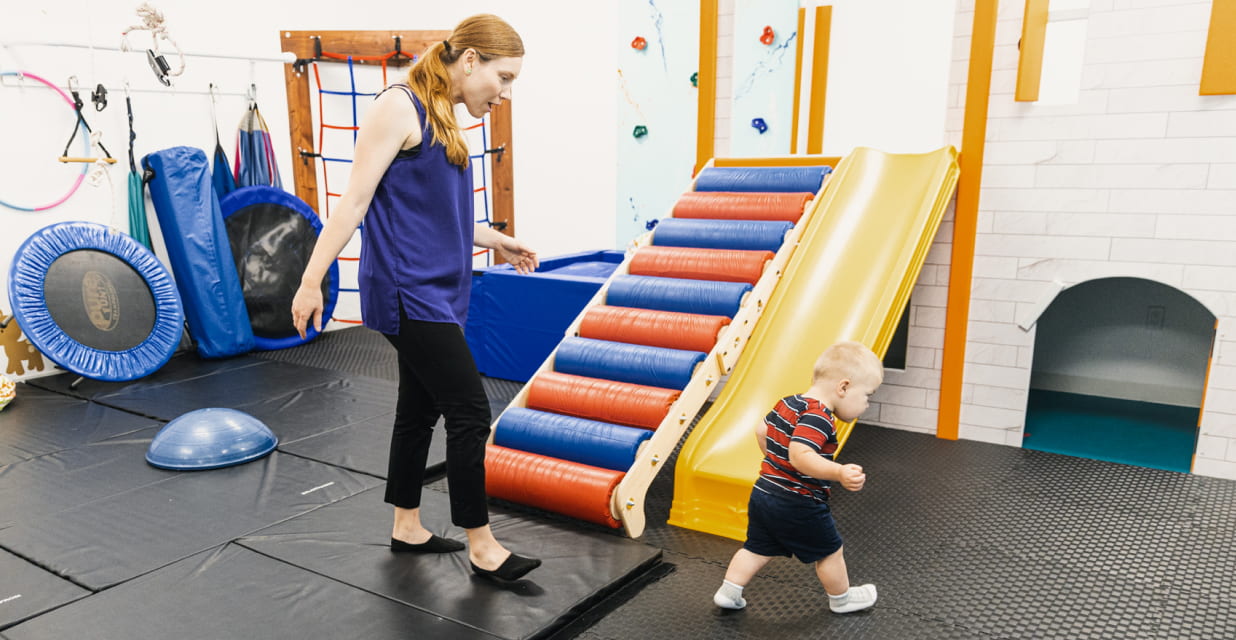Happy August! I hope that our families are currently enjoying this home stretch of summer, perhaps taking in a few more beach days or afternoons at the park, going on fun trips out of town, having play dates with friends, and simply indulging in this time before our thoughts turn to autumn. No doubt, many of us are already planning for returning to the “school routine” of classes, schedules, and services, including keeping up therapies in school and in-clinic. It can be a lot to juggle!
In case you are wondering what the similarities and differences are (or would be) between your child’s occupational therapy (OT) services at school vs. in the clinic, here is a basic principle: outpatient OT can address any deficit area within our scope of practice, as long as funding sources allow, and school-based OT addresses deficit areas that directly impact the student’s access to their education. In the latter case, the student must have an IEP (Individualized Education Program).
In our outpatient clinic setting, we may directly address areas of need such as:
- Fine motor / visual-motor skills
- Gross motor skills
- Overall coordination, core strength, balance
- Sensory processing
- Self-regulation / emotional regulation
- Activities of Daily Living (ADLs): dressing, hygiene, grooming, etc.
- Feeding and oral-motor skills
- Executive functioning
- … plus others!
School-based OT services also address the above areas, however, the goals must be related to deficits seen within the student’s educational setting. For example:
- Fine motor and visual-motor skills related to writing, typing, completing assignments and homework
- ADLs within the school day: changing into gym clothes, independence at lunch time, etc.
- Executive functioning skills for organization, attention, planning, time management, getting through a routine schedule
- Sensory processing challenges that affects the student’s ability to participate in their school day
- Core strength, affecting the student’s ability to maintain appropriate posture for attending to and completing school tasks
Of course there are many more differences between these two OT settings, and the best advice is to consult with your child’s physician, clinic Occupational therapist, and/or educational team to determine which kind of services are appropriate and necessary.
Lastly, if your child already receives both clinic and school-based OT, we’ve found that it’s often beneficial for both therapists to sometimes consult and be aware of what the other is working on, for an even more harmonious OT experience for your child!
Written by: Pam Verde, MOT, OTR/L

